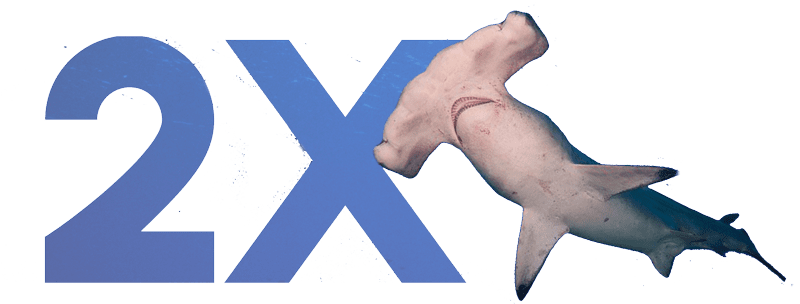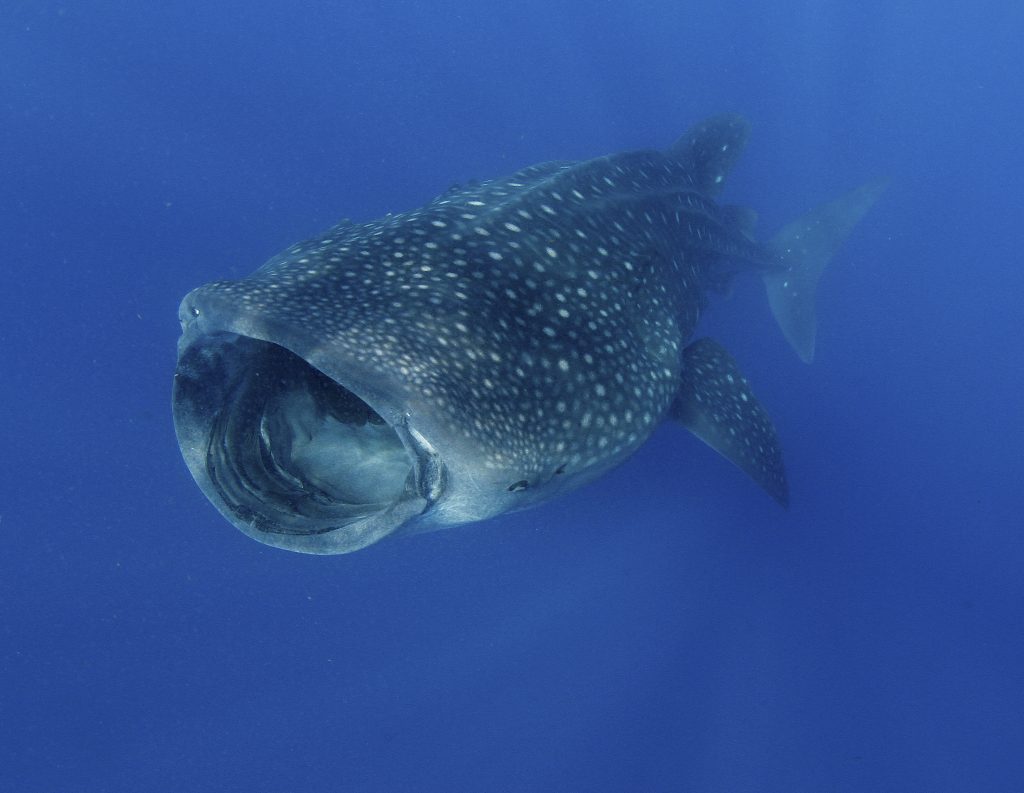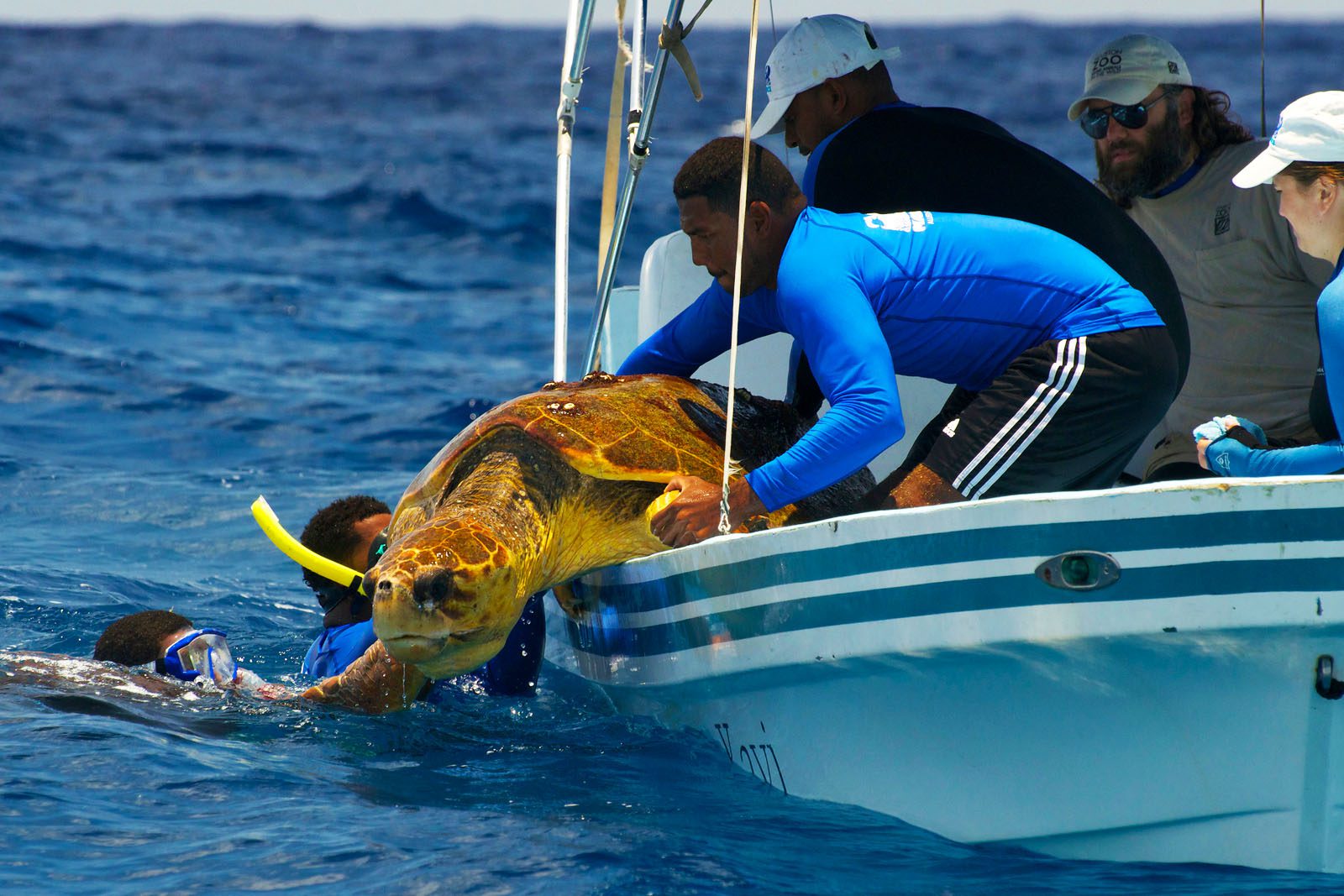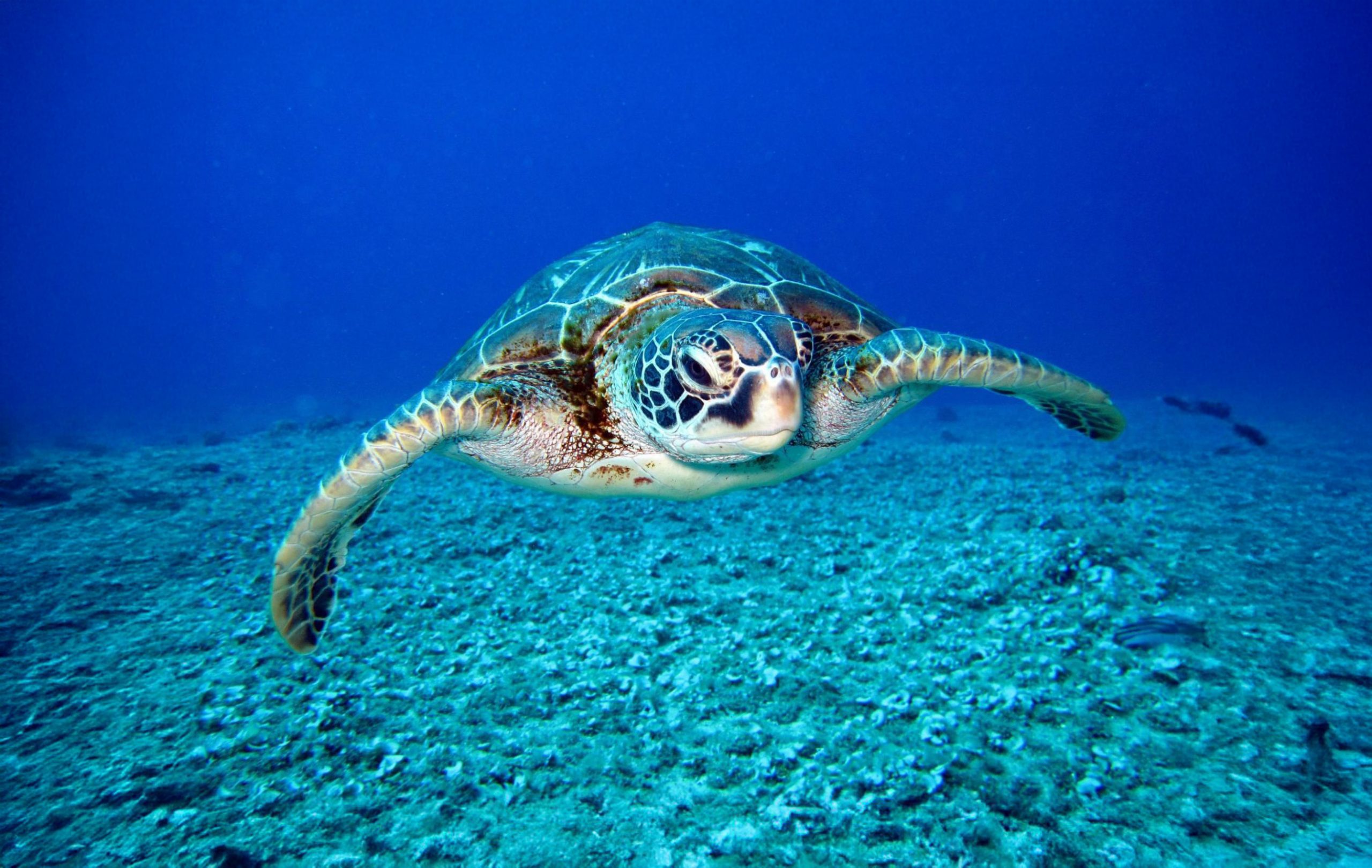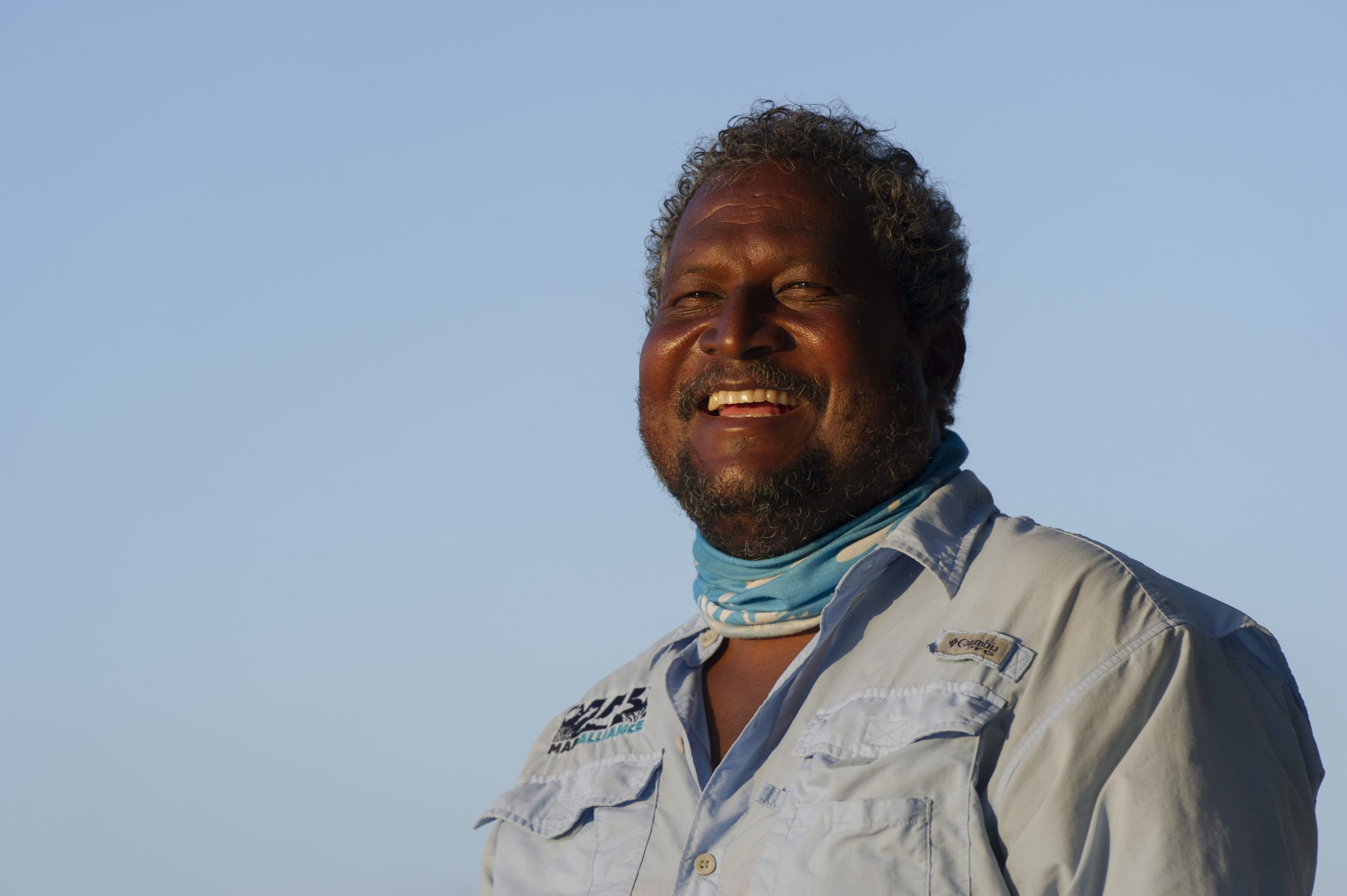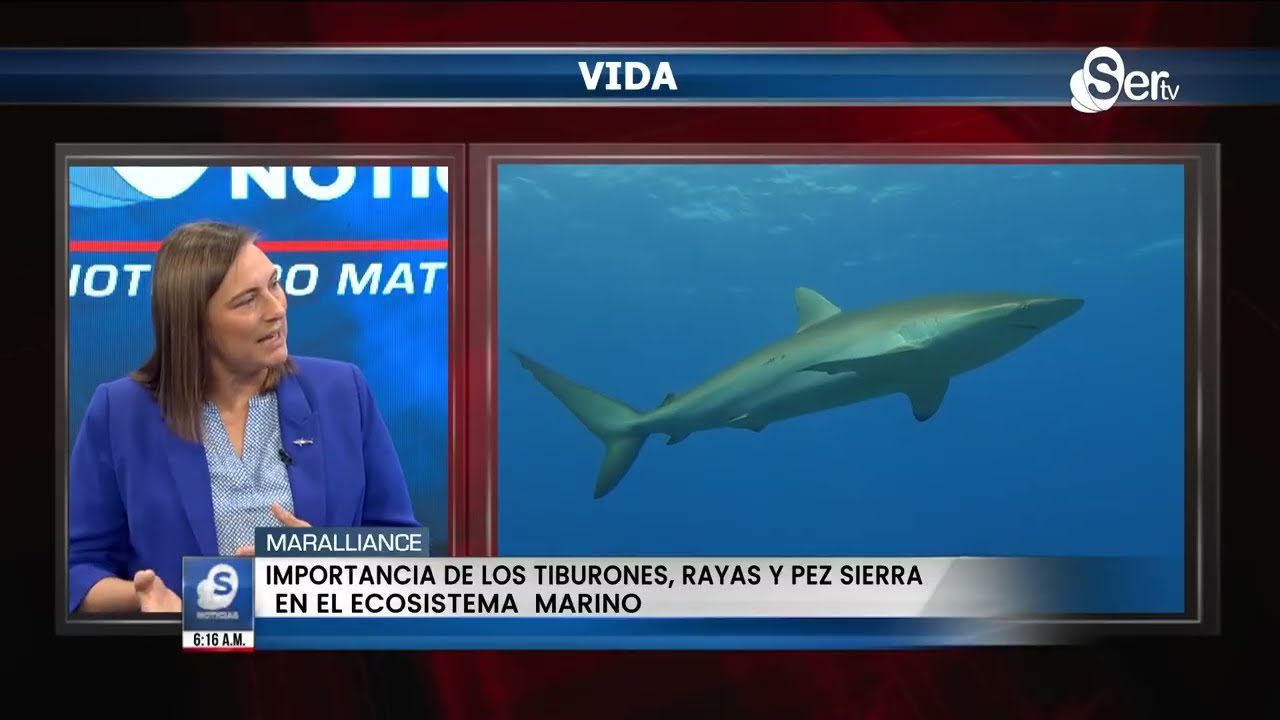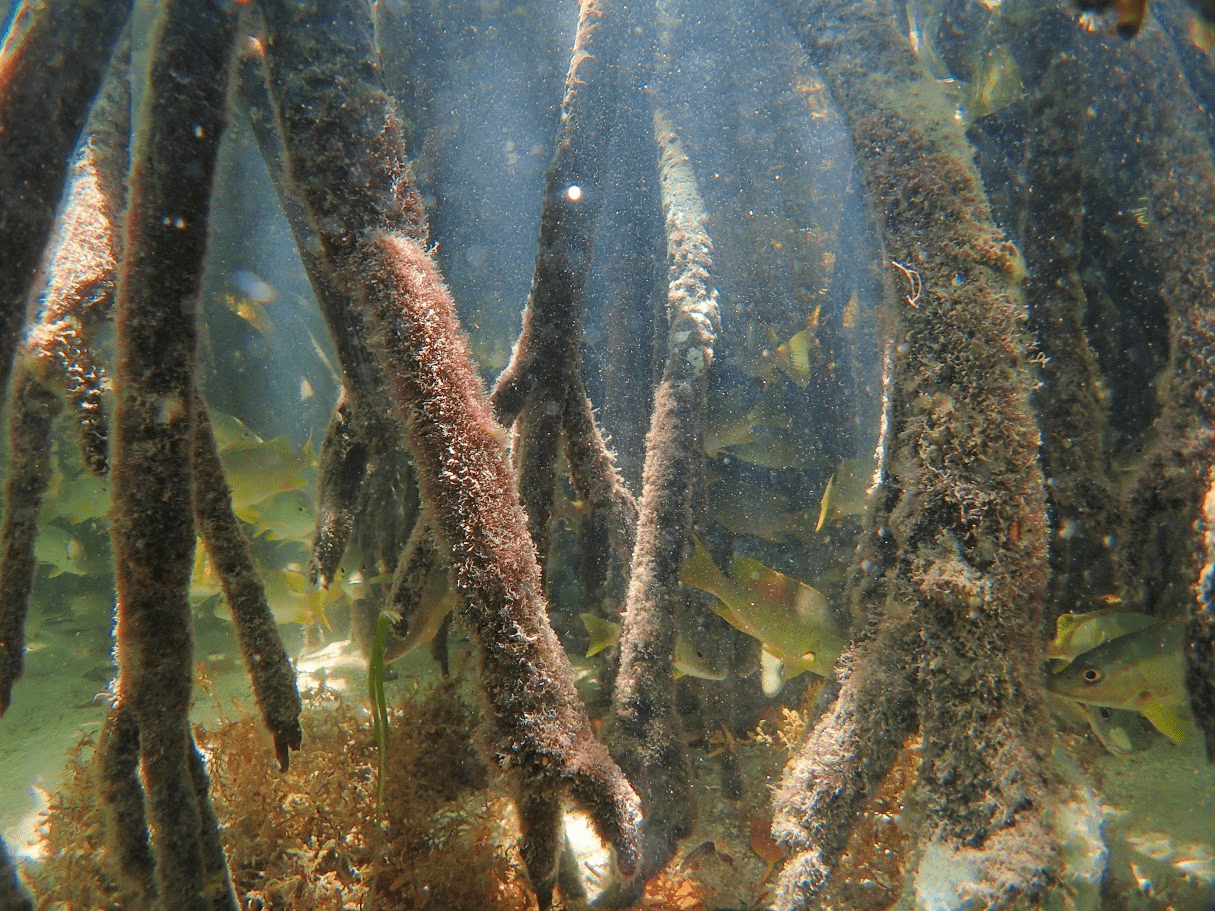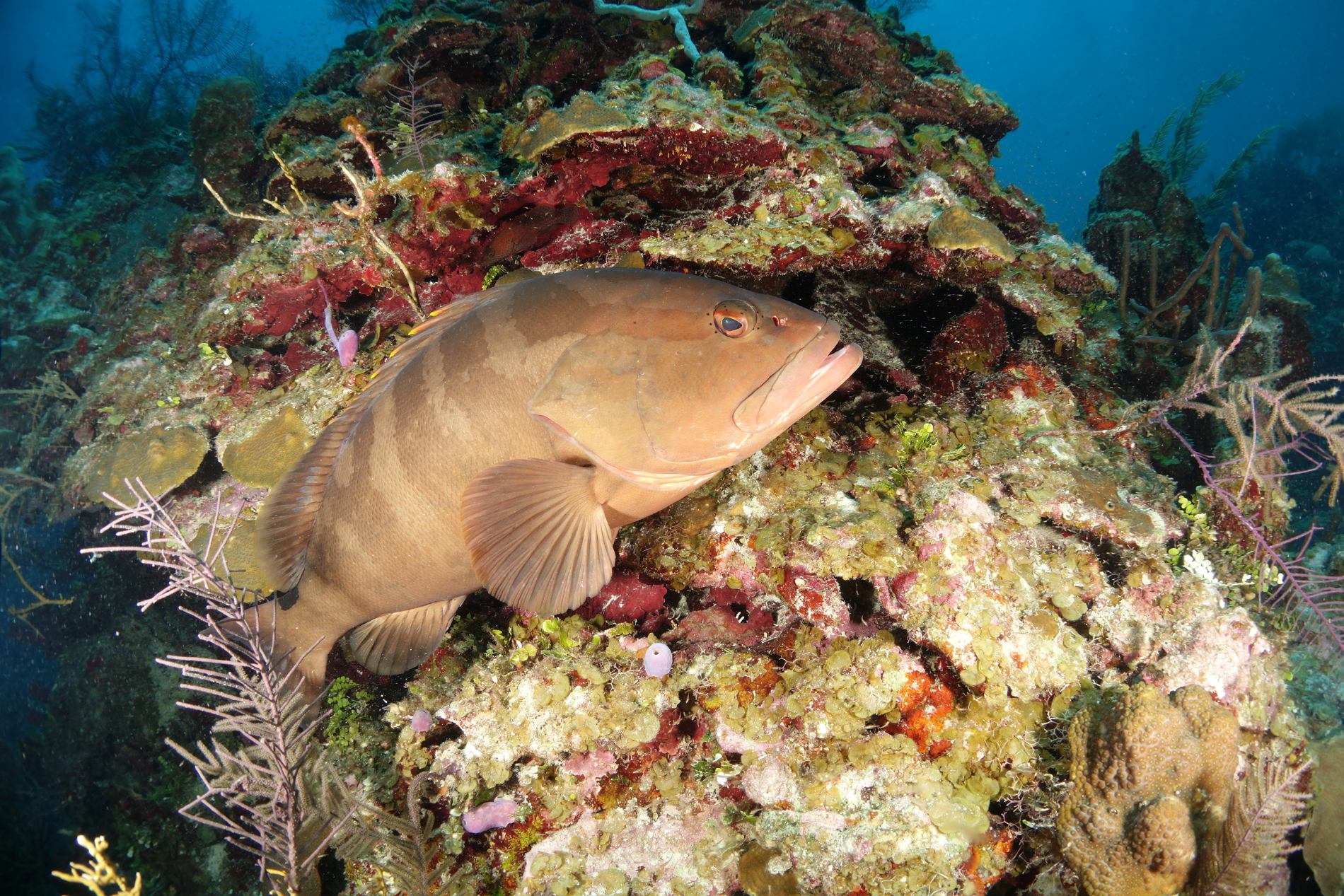Every September, Oceans Month reminds Panamenians about their deep connection to the sea and the importance of protecting our marine ecosystems. In Panama, a country surrounded by the Pacific Ocean and the Caribbean Sea, with unique marine biodiversity, this date takes on special meaning.
At MarAlliance, we work to conserve marine megafauna and protect mangroves, coral reefs, and other ecosystems that sustain the lives of both people and species. During this Ocean Month, we were invited to participate every Monday on SERTV’s AM News, as well as every Wednesday on the radio programs of Nacional FM and Crisol FM. We also took part in the 16th Ocean Month Fair organized by the International Maritime University of Panama (UMIP).
These appearances strengthened our goal of bringing marine science closer to society, promoting environmental education, and highlighting our joint work with local communities in Panama to protect the ocean and its biodiversity.
Sea turtles and working with the Guna people
Sea turtles are migratory species, essential to the balance of marine ecosystems, that contribute to the health of coral reefs, seagrass beds, and beaches. However, during their migrations—and throughout their lives—they face multiple threats, such as the loss of nesting beaches, marine pollution, and bycatch.
In Guna Yala, we collaborate with the Guna people on community projects to monitor and protect turtle nests, as well as to raise awareness among young people and the community about the importance of conserving these species. This joint effort demonstrates that when science is combined with local knowledge, the future of sea turtles and other endangered species can be more hopeful, ensuring the conservation of these iconic animals and their critical habitats.
Science and community: the heart of our work in Panama
We know that science alone is not enough. That is why we work alongside fishermen, local leaders, young people, and children to build a culture of participatory conservation. Through workshops, community monitoring, and educational projects, we encourage communities to move from being users to active allies in protecting the sea.
We share the progress of our study of the coral reefs of Guna Yala, one of the richest and most diverse ecosystems in the Panamanian Caribbean—the most comprehensive in more than 22 years—which allowed us to evaluate 23 coral sites alongside a team of five young Guna women, who contributed their knowledge and leadership, promoting gender equality in environmental science.
Sharks, rays, and sawfish
We work to conserve key species such as sharks, rays, and sawfish, true guardians of marine balance.
Sharks, with more than 450 million years of evolution, regulate ocean populations and maintain the health of ecosystems.
There are more than 560 species of sharks in the world, many of which are now at risk due to overfishing. Their life cycle—characterized by slow growth and few offspring—makes them particularly vulnerable.
Through joint work with fishermen in Darién, we have rediscovered one of the last populations of sawfish, an iconic species that can reach up to seven meters in length and is critically endangered.
The importance of mangroves as a refuge for species
Did you know that Panama has the largest mangrove coverage in all of Central America? These coastal forests represent around 30% of the national territory and are home to 13 of the 15 species of mangrove found on the American continent. The greatest diversity is concentrated on the Pacific coast, while the Panamanian Caribbean shelters equally vital ecosystems, making the country a natural laboratory for the study and conservation of mangroves.
Panama’s mangroves are much more than just trees by the sea: they function as natural nurseries for fish, crabs, birds, sharks, rays, and sea turtles, as well as acting as protective barriers against storm surges, storms, and hurricanes. These ecosystems also store large amounts of carbon, making them invisible allies in the fight against climate change.
Committed to promoting education, science, and community participation to highlight the ecological and social value of mangroves, promoting their conservation in the face of coastal development and deforestation. Protecting mangroves means protecting marine life, the livelihoods of communities, and the balance of the planet.
Each year, Oceans Month reminds us that conserving marine ecosystems and animals is everyone’s responsibility. We reaffirm our mission to protect marine megafauna and the ecosystems that sustain it, working alongside local communities, fishermen, organizations, governments, and concerned citizens.
Through our work, we seek to inspire young people and citizens to become defenders of the ocean, understanding that conservation is not a luxury, but a necessity.
